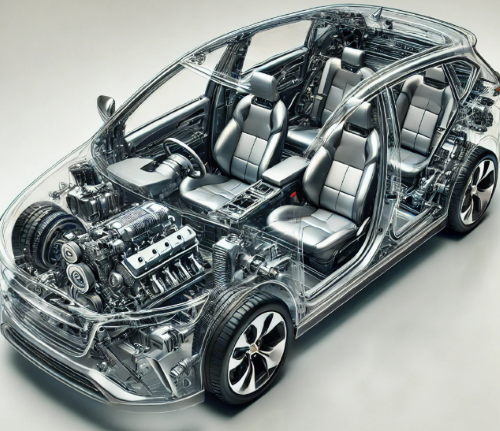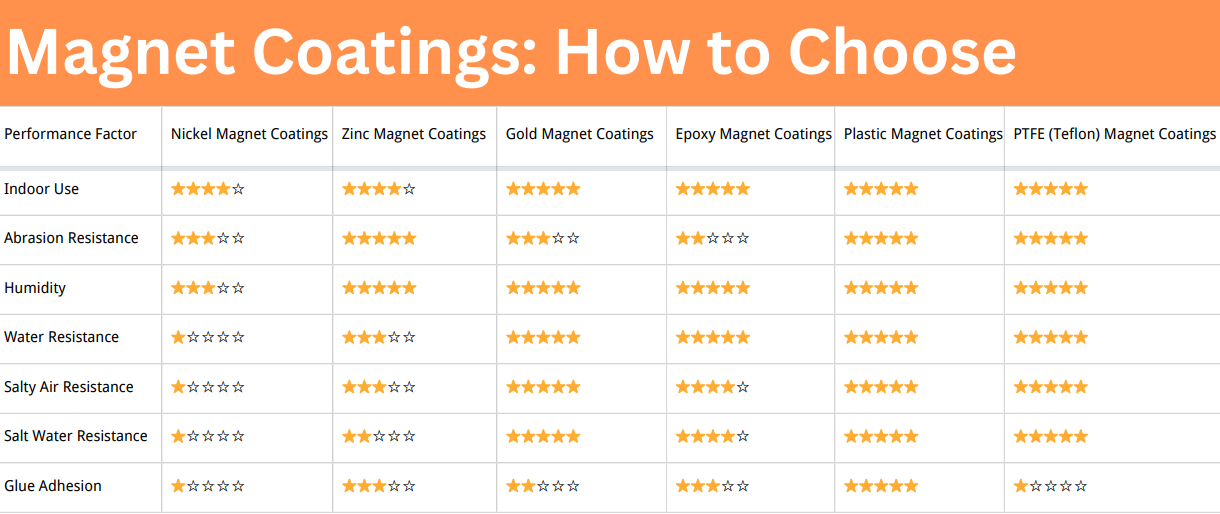Applications of Magnets in the Automotive Industry
Introduction
The automotive industry has undergone significant transformation over the years, transitioning from traditional mechanical systems to advanced electronic controls. Central to this evolution are magnets, which power numerous automotive components, enhancing vehicle efficiency, safety, and convenience.
Magnets are now indispensable in modern vehicles, whether for hybrid and electric vehicles (EVs), safety systems, or comfort features. This article will introduce the wide-ranging applications of magnets in the automotive industry, their benefits, and the innovations they enable.
The Role of Magnets in Modern Vehicles
In the past, vehicles relied heavily on pneumatic, hydraulic, and mechanical control systems. With the rise of electronic controls, magnets have become integral to various systems, such as sensors, actuators, and motors. Their role spans almost every aspect of a vehicle's operation, from powering electric motors in EVs to ensuring the precision of critical safety features.
This increased reliance on magnets can be attributed to their unique properties:
- Compact Size: High-energy magnets like neodymium iron boron (NdFeB) offer strong magnetic fields in small, lightweight designs.
- Durability: Magnets like samarium cobalt (SmCo) resist corrosion and perform reliably in harsh environments.
- Cost Efficiency: Ceramic magnets provide a budget-friendly option for systems not requiring high magnetic strength.
- Temperature Resistance: Materials like alnico retain their magnetic properties under extreme heat, essential for engines and braking systems.
Further reading: 6 Uses of Permanent Magnets In Everyday Life
Key Applications of Magnets in Automotive Components

1. Electric Motors
Electric motors are critical in hybrid and electric vehicles, where magnets are used to convert electrical energy into mechanical motion. Neodymium magnets, known for their exceptional strength-to-weight ratio, are commonly used. These motors offer high efficiency and smooth performance, enabling electric vehicles to meet stringent energy-saving goals.
2. Alternators
In internal combustion engine vehicles, alternators generate electricity to recharge batteries and power electrical systems. Magnets play a crucial role in creating the magnetic fields necessary for this energy conversion, ensuring consistent power delivery.
3. Sensors
Magnets are central to various sensors, which are vital for vehicle monitoring and control systems:
- Tire Pressure Sensors: Magnetic sensors detect changes in tire pressure, alerting drivers to potential safety issues.
- Steering Sensors: They provide feedback to advanced driver-assistance systems (ADAS) for accurate vehicle control.
- Braking Systems: Anti-lock braking systems (ABS) rely on magnetic sensors to detect wheel speed, preventing skidding and enhancing safety.
4. Power Accessories
Modern vehicles feature numerous power-operated components, such as windows, seats, and sunroofs. These systems rely on small motors containing magnets to provide smooth and precise movement. Even windshield wipers, a basic yet essential feature, are driven by magnet-powered motors.
5. Transmission Systems
Magnets are found in torque converters and clutches, contributing to smoother gear shifts and better drivetrain efficiency. Their precision ensures optimal performance, especially in automatic transmissions.
6. Fuel Pumps
Magnets power the motors in fuel pumps, ensuring a steady fuel supply in internal combustion engines. This reliability is crucial for maintaining engine performance and efficiency.
7. Audio Systems
Car audio systems rely heavily on magnets. Speakers use magnetic fields to convert electrical signals into sound waves, delivering high-quality audio that enhances the driving experience.
8. Chip Collectors and Safety Mechanisms
Magnets in oil pan chip collectors attract metallic debris, preventing damage to critical engine components. In airbags, magnetic actuators enable rapid deployment during accidents, safeguarding passengers in emergency situations.
Innovations in Magnet Applications
The shift toward electric and hybrid vehicles has driven demand for advanced magnetic materials. Innovations focus on:
- Rare-Earth Magnets: Materials like NdFeB and SmCo continue to dominate due to their high performance, but researchers are exploring sustainable alternatives to reduce dependence on rare-earth elements.
- Lightweight Designs: As vehicles become lighter for better fuel efficiency, magnets must deliver the same strength while reducing overall weight.
- Integration with Smart Systems: Magnets are increasingly used in sensors and systems that support autonomous driving, ADAS, and real-time diagnostics.
Future of Magnets in Automobiles
The growing popularity of EVs and autonomous vehicles signals a promising future for magnets in the automotive sector. As innovations continue, we can expect:
- Smarter Sensors: Enhanced accuracy for safety and performance monitoring.
- Sustainable Alternatives: Reduced reliance on rare-earth elements through advanced material research.
- Integrated Systems: Expanded use of magnetic technology in connected and autonomous vehicles.
With these advancements, magnets will remain central to automotive progress, enabling smarter, safer, and more efficient transportation.
Conclusion
Magnets are silent yet indispensable contributors to the automotive industry's evolution. From powering electric motors to enhancing safety systems and user convenience, their applications are vast and impactful. As the industry moves toward more sustainable and intelligent designs, the role of magnets will only grow in importance.
For those looking to explore or implement magnetic solutions in automotive applications, Stanford Magnets offers a variety of strong magnets tailored to specific requirements. Magnets are not just components; they are enablers of the automotive revolution.














